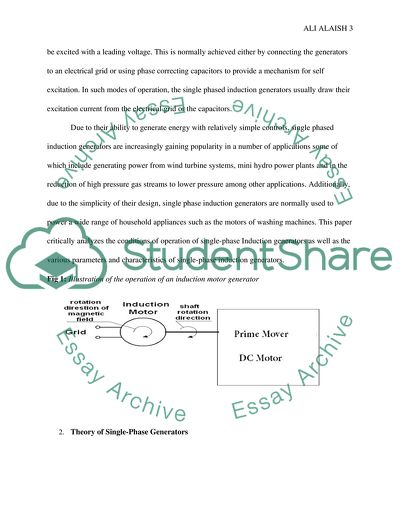Cite this document
(Parameters and Characteristics of Single-phase Induction Generator Term Paper Example | Topics and Well Written Essays - 5000 words, n.d.)
Parameters and Characteristics of Single-phase Induction Generator Term Paper Example | Topics and Well Written Essays - 5000 words. https://studentshare.org/engineering-and-construction/1830123-single-phase-induction-generator
Parameters and Characteristics of Single-phase Induction Generator Term Paper Example | Topics and Well Written Essays - 5000 words. https://studentshare.org/engineering-and-construction/1830123-single-phase-induction-generator
(Parameters and Characteristics of Single-Phase Induction Generator Term Paper Example | Topics and Well Written Essays - 5000 Words)
Parameters and Characteristics of Single-Phase Induction Generator Term Paper Example | Topics and Well Written Essays - 5000 Words. https://studentshare.org/engineering-and-construction/1830123-single-phase-induction-generator.
Parameters and Characteristics of Single-Phase Induction Generator Term Paper Example | Topics and Well Written Essays - 5000 Words. https://studentshare.org/engineering-and-construction/1830123-single-phase-induction-generator.
“Parameters and Characteristics of Single-Phase Induction Generator Term Paper Example | Topics and Well Written Essays - 5000 Words”. https://studentshare.org/engineering-and-construction/1830123-single-phase-induction-generator.


